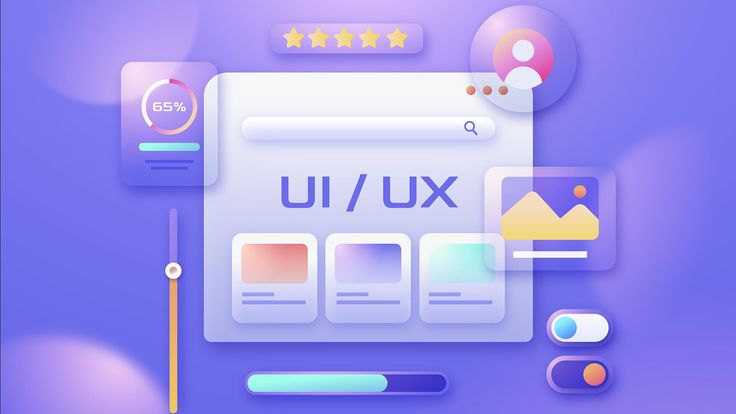UI (User Interface) focuses on the look and layout of a product, while UX (User Experience) centers on the overall interaction and ease of use. UI is about design; UX is about usability.
Popular tools include Figma, Sketch, Adobe XD, and InVision. Preference often depends on project requirements, team collaboration needs, and personal comfort with the software.
Key principles include consistency, simplicity, clarity, feedback, and user control. A good UI design should be intuitive, visually appealing, and easy to use.
My process typically includes research (understanding user needs), wireframing, prototyping, testing, and iterating based on feedback.
I use responsive design techniques like fluid grids, flexible images, and media queries to adapt layouts to different screen sizes.
A user persona is a fictional representation of your ideal user, created based on research and data. It includes demographics, behaviors, goals, and pain points.
Wireframing is the process of creating a basic layout to plan the structure of a website or app. It's essential for defining content placement and flow before diving into the visual design.
I conduct usability testing by creating prototypes and asking users to complete specific tasks while observing their interactions. Feedback from these tests informs design improvements.
A/B testing involves comparing two versions of a design to see which performs better. I use it to test different layouts, color schemes, or content placement to optimize the user experience.
A design system is a collection of reusable components and guidelines that help maintain consistency across a product’s design.
I communicate the rationale behind best practices and provide data or examples to support my recommendations while being open to collaboration and compromise.
I follow web accessibility standards (WCAG) by ensuring color contrast, keyboard navigation, screen reader compatibility, and creating alt text for images.
Low-fidelity prototypes are basic wireframes that show structure, while high-fidelity prototypes include detailed design elements and functionality, closely resembling the final product.
Common patterns include modal windows, infinite scrolling, breadcrumbs, and card layouts. I choose patterns based on user goals and project needs.
User research helps uncover insights into user behaviors, needs, and pain points, allowing designers to create user-centered products that solve real problems.
I prioritize features based on user needs, project goals, technical feasibility, and business value.
I design with inclusivity in mind by following accessibility guidelines, providing alternative navigation methods, and ensuring all interactive elements are easily perceivable and operable.
I am proficient in HTML, CSS, and JavaScript frameworks (React, Angular) for implementing UI designs and ensuring seamless integration with the backend.
Global Actions allow users to quickly perform actions such as creating new records or logging calls from anywhere in Salesforce, enhancing productivity.
Information architecture is the organization and structure of content in a product. It's crucial for guiding users to the information they need quickly and efficiently.
